Birch Goose
In the midst of World War II, amidst the fervent race of innovation and desperation, a project was birthed that would later become a symbol of ambition tipping into the realm of folly. This was the story of the H-4 Hercules, better known as the Spruce Goose, a colossal aircraft conceived by the enigmatic Howard Hughes and industrialist Henry Kaiser.
Hughes, a man whose name was synonymous with aviation and cinematic glamour, teamed up with Kaiser, a shipbuilding magnate, in a bid to address a critical wartime need. German U-boats were decimating Allied shipping across the Atlantic, and an alternative means of transporting troops and materials was urgently needed. Their solution: to build the largest aircraft ever constructed, capable of carrying heavy cargo and large numbers of troops.
The vision for the Hercules was staggering in its audacity. A flying boat of unparalleled size, with a wingspan longer than a football field and a hull towering five stories high. It would be a leviathan of the skies, skimming across water and soaring into the clouds.
But the dream quickly encountered the harsh headwinds of reality. The war effort had caused a scarcity of aluminum, and the government forbade its use for the Hercules. Undeterred, Hughes and his team turned to wood – birch, not spruce, despite the aircraft’s nickname. The wooden behemoth began to take shape in a specially constructed hangar in California, a project shrouded in secrecy and speculation.
As the war drew to a close, so did the immediate need for the Hercules. Yet Hughes, consumed by his vision, poured more of his fortune into the project. He faced mounting skepticism and scrutiny, not least from a government wary of the escalating costs and Hughes’s use of federal funds.
The aircraft, meanwhile, continued to grow, a silent behemoth that seemed more fantasy than reality. Then, in November 1947, amidst growing doubts and under the heavy gaze of critics and the public, Hughes decided it was time for the Spruce Goose to prove its mettle.
On a cool morning in Long Beach Harbor, the Spruce Goose, with Hughes at the controls, roared to life. Spectators held their breath as the engines thundered, and the giant craft inched forward on the water. Then, in a moment that seemed to defy belief, the Spruce Goose lifted off. It was a flight brief and low, lasting less than a minute and covering only a mile, but it was enough to show the world that Hughes’s dream could indeed fly.
However, this maiden flight would be its last. The Spruce Goose never took to the skies again. It became a symbol of Hughes’s overreach, an extraordinary testament to his ambition but also to his detachment from the changing post-war world. The project was soon abandoned, the aircraft relegated to the status of a curious relic.
Today, the story of the Spruce Goose serves as a narrative of human ambition, a reminder of how dreams can soar, but also how they can be grounded by practical realities. Hughes’s flying boat remains a testament to ingenuity and determination, yet also a cautionary tale about the perils of letting ambition fly unchecked by the winds of reason.
The enthralling tale of Howard Hughes and the Spruce Goose, a venture marked by soaring ambition and grounded realities, provides a compelling prelude to a crucial concept in personal finance: the sunk cost fallacy. Just as Hughes persisted with the Spruce Goose, investing more time, money, and resources, even in the face of diminishing practicality, individuals often encounter similar scenarios in their financial lives. This story serves as a metaphor for how past investments can unduly influence future financial decisions, often to our detriment.
The concept of sunk cost is an intriguing and often counterintuitive aspect of financial decision-making, a phenomenon vividly illustrated by Howard Hughes’ commitment to the Spruce Goose project. In personal finance, the sunk cost fallacy manifests when individuals continue to invest in a venture, not because it promises future returns, but because they're influenced by the time, money, or effort already invested. This decision-making trap can significantly impact financial health and planning.
The sunk cost fallacy can also appear in everyday financial decisions, like continuing to pour money into an old car that frequently needs expensive repairs. The logic often goes, "I've already spent so much on it; I can't give up on it now," even when buying a more reliable, newer car might be more financially sound in the long run. This reasoning, while emotionally understandable, ignores the fact that the money already spent is gone and cannot be recovered, and future decisions should be based on current and future benefits and costs.
Sunk costs can also affect larger life decisions. For instance, someone might continue a career that is unfulfilling or not financially rewarding simply because of the time and resources they've invested in education or training in that field. The reluctance to change paths, despite clear signs that doing so might lead to better opportunities, is another manifestation of the sunk cost fallacy.
Recognizing and avoiding the sunk cost fallacy is crucial for effective financial planning and decision-making. It requires a clear-eyed assessment of current situations, an understanding that past costs are irrecoverable, and the willingness to make choices based on future potential rather than past expenditures. Learning to let go of investments, projects, or paths that are no longer beneficial, despite the sunk costs, is key to maintaining financial health and pursuing the most promising opportunities.
